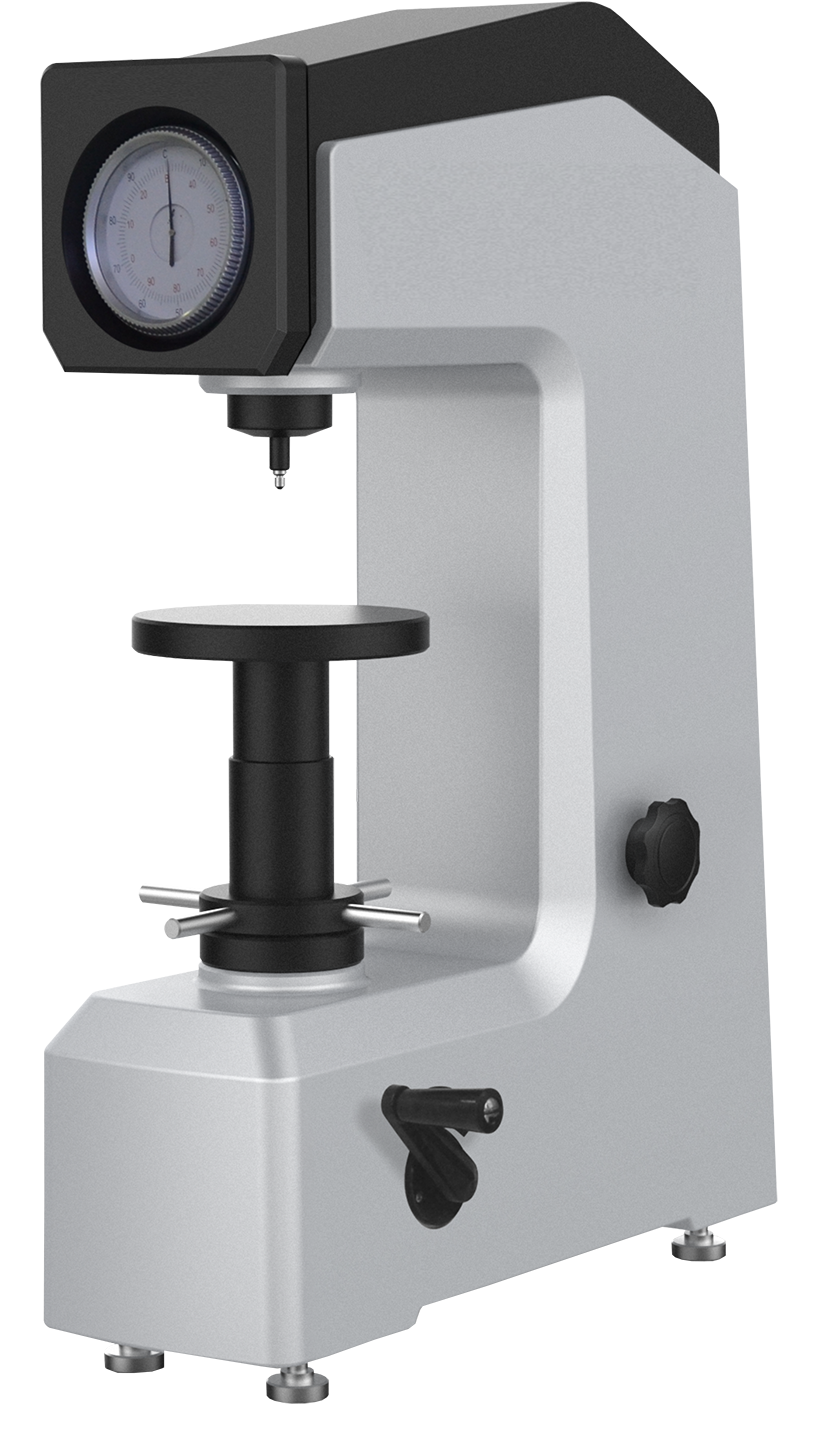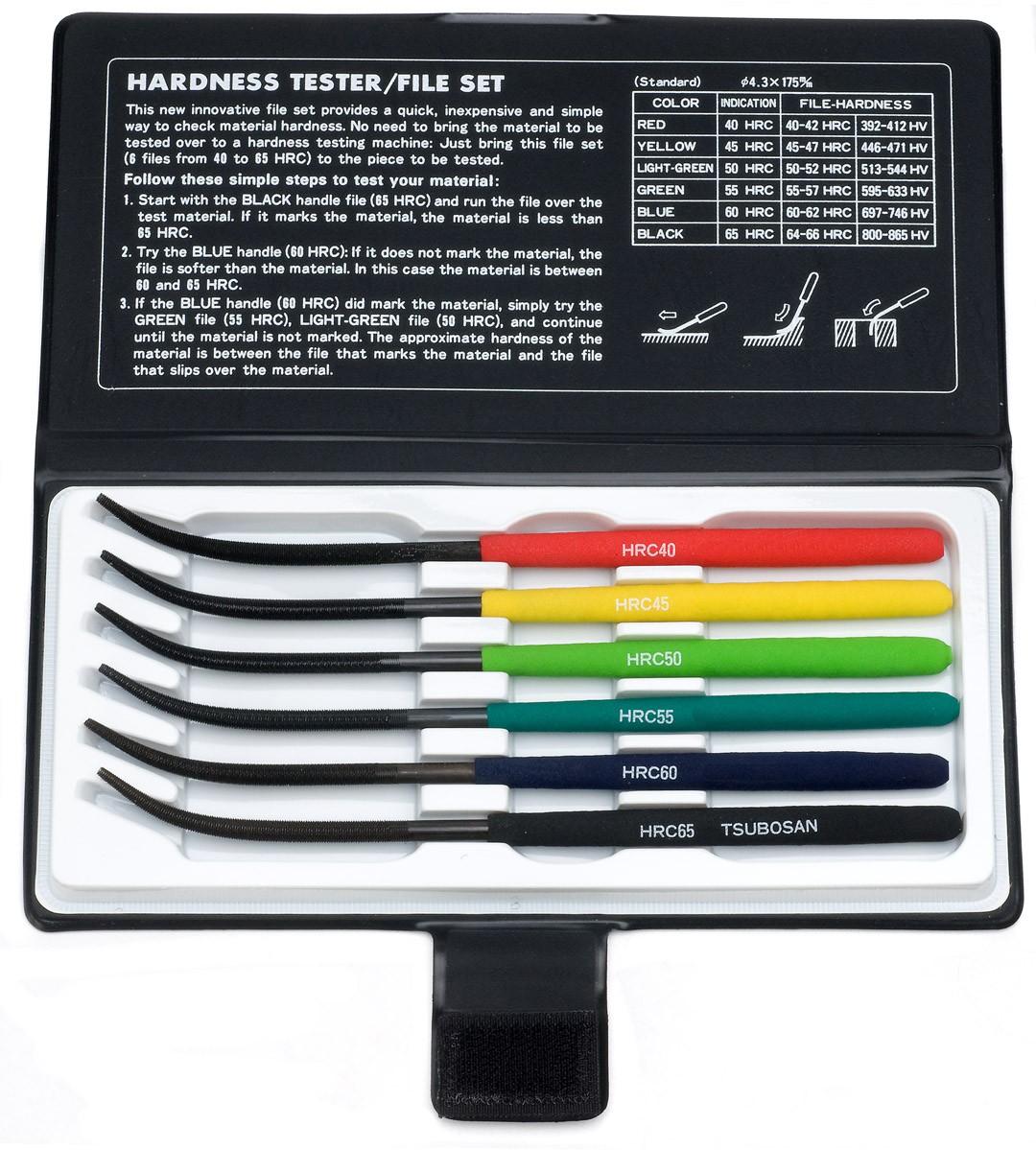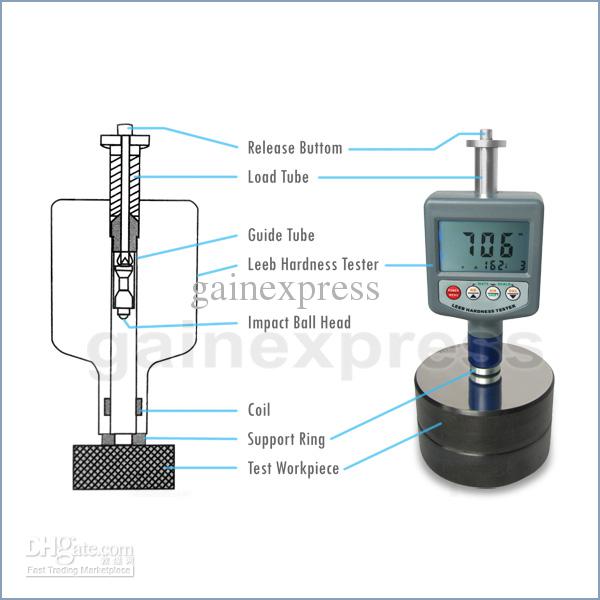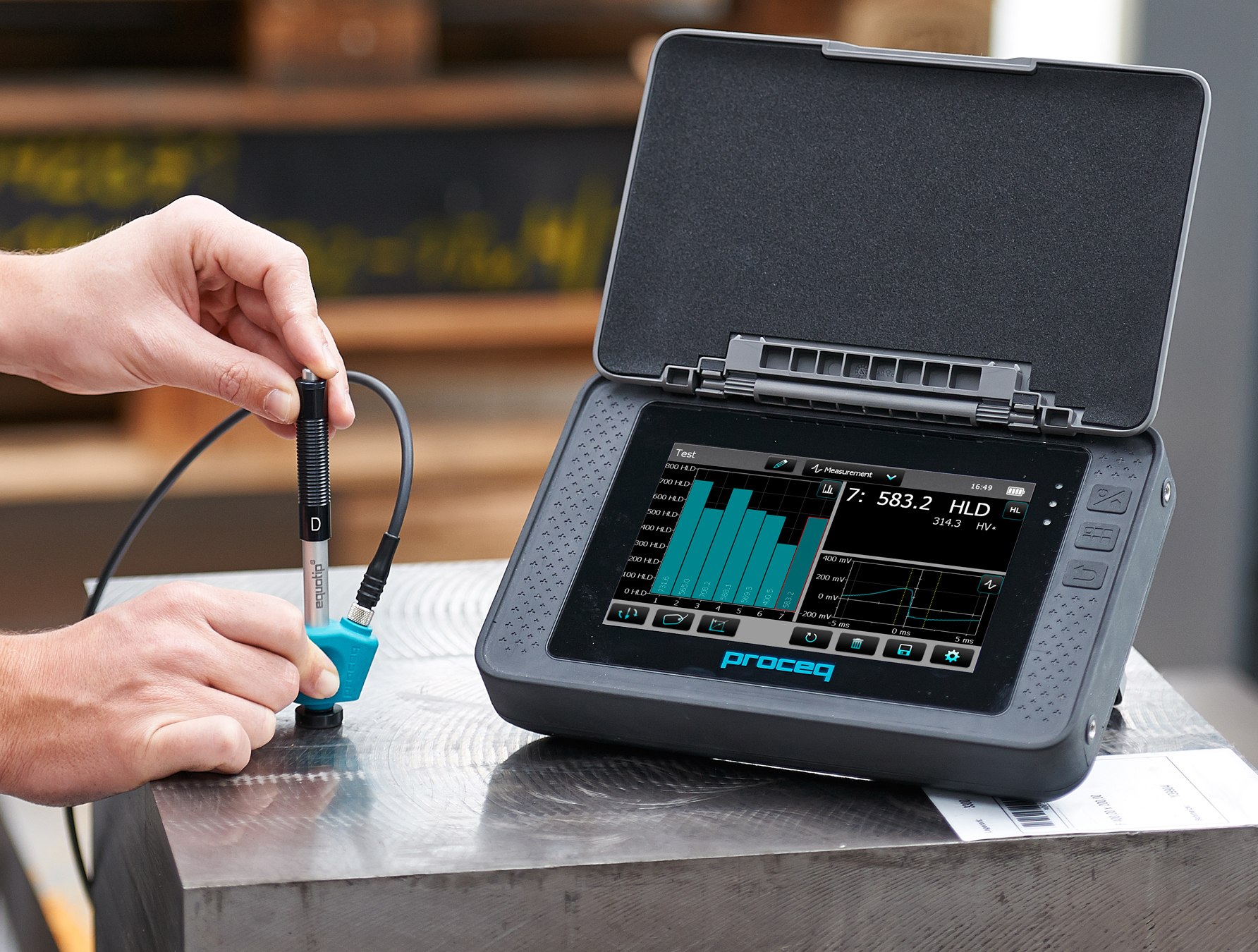Hardness. Part one: hardness measurement.
Almost every material can be sharpened to cut. Many of us have cut our hands with a soft sheet of paper! You can sharpen the bottom of your bean can to shave your hair from your arm! But sharpness is one thing, and how long you can use it is another. How long the knife remains hard is determined by the hardness of it.
Hardness is defined as the characteristic of solids that are resistant to concentrated forces that can deform, scratch, crush the surface of a solid. https://en. wikipedia. org/wiki/Hardness A very general definition, there is a great number of ways to measure hardness. The most popular in the world of knife lovers is the Rockwell hardness scale, the HRC scale. https://en. wikipedia. org/wiki/Rockwell_scale Measuring the resistance to penetration of a diamond cone with an aperture angle of 120O. The measure of HRC hardness is the measured depth imprint, the measurement is performed on special devices, very accurate and checked annually by authorized specialists.

Fig. 1: Rockwell hardness tester [1].
Everything has disadvantages, the Rockwell method too! The requirement for reliable measurement is the perpendicularity of the measured surface with respect to the axis of the diamond cone. Sometimes it is possible to meet this requirement with the help of special equipment, sometimes it is too difficult or too time consuming. This is where the hardness measurement method with files of the calibrated hardness comes in, a highly modified Mosh test. https://en. wikipedia. org/wiki/Mohs_scale_of_mineral_hardness measurement on a concave, convex surface close to the Cutting Edge (KT). Once prepared and equipped with hardness standards, you can check the hardness by the files with sufficient accuracy! There is only one company that produces files with the right precision, TSUBOSAN. Only these files guarantee the correct measurement (with the right training and practice). The result is in the HRC scale.

Fig. 2 Hardness files [2]
After the blade has been properly prepared, the hardness of the knife can also be measured with portable hardness testers. Portable hardness measurement devices use different measuring methods, here we can use only those using the modified Leeb method. https://en. wikipedia. org/wiki/Leeb_rebound_hardness_test This method uses a spring loaded tungsten carbide (WC) ball. By measuring the ball speed after rebound, the hardness measured in HL (Hardness Leeb) units is converted to hardness measured in HRC units.

Fig. 3 Leeba Hardness Tester, Working Principle [3]

Fig. 4 Leeba hardness tester, measurement [4]
It doesn't matter what we measure the hardness of the knife during production with. It is important that the measurement is carried out in accordance with the standard, recommendations of the equipment manufacturer. Only tested hardness is certain!
Bibliography
[1] http://www.metallographic.com/Metallographic-Equipment/Metallography-Rockwell.htm
[2] http://www.warrensvillefile.com/index.php/hardness-testing-files.html
[3] https://www.dhgate.com/store/product/hm-6561-digital-palm-rebound-leeb-hardness/167479433.html
[4] https://www.proceq.com/compare/equotip/